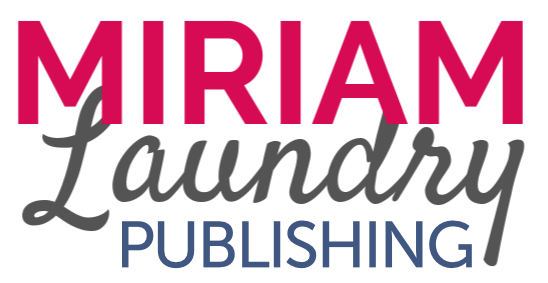After you read this blog, you’ll never be able to read books, watch TV, or enjoy movies the same way ever again. Why? Because every story, no matter the medium or genre, follows the narrative structure we’ll look at in this blog (especially children’s books). Read on to discover the base narrative structure of every story so you can write better, edit with purpose, and gain a deeper understanding and appreciation for all stories. Here are six plot points for children’s books.
In this blog, we’re going to keep it simple by using Freytag’s Pyramid. It is a commonly-used bird’s eye view of storytelling. Of course, there are other narrative structures and techniques you can use as a guide, but I find this is the easiest one for new writers to follow.
6 Must-Have Plot Points for Children’s Books
The Introduction (or Exposition)
The first of these six plot points for children’s books is the introduction, also called the exposition.
The beginning of any story starts with a glimpse into the main character’s normal life. For a young child, this might include going to school, doing chores, and playing with friends. If there’s anything unique about the setting of your story, this is your opportunity to showcase it.
For example, if your characters sleep during the day and are active at night, the introduction is where you’ll show that as you give readers a glimpse of your character’s normal life.
In Harry Potter and the Philosopher’s Stone, we meet Harry Potter, a young orphaned boy who lives under his abusive aunt and uncle’s staircase. We see him endure the hardships of his unkind family and learn that Harry lives an undesirable life. We are introduced to Harry as a child and the world he lives in.
Once you’ve offered a brief introduction to your characters and their lives, you can move on to the inciting incident.
The Inciting Incident
The second of these six plot points for children’s books is the inciting incident.
Much like it sounds, the inciting incident is the moment your main character is called onto their adventure. It’s the most important turning point in any story, as it sets the journey in motion by presenting the main character with the central problem, leaving them no choice but to adapt to this new life.
To continue with our Harry Potter example, we see the inciting incident on full display when Harry receives his invitation to Hogwarts. Harry learns he is actually a wizard and that he’s been called to a new, magical life. Harry can either continue to suffer the abuse of his relatives, or he can go away to this new school. Naturally, he opts for Hogwarts, and his new life begins.
The Rising Action
The third of these six plot points for children’s books is the rising action.
The rising action is made up of the events following the inciting incident. It’s a series of moments that bring the main character closer to solving the central problem. The rising action may…
Produce new tensions
Give the characters new information
Complicate the problem
After the rising action has played its part, your story can move on to the second most important moment: the confrontation.
Interested in Writing a Children's Book?

The Confrontation
The fourth of these six plot points for children’s books is the confrontation.
This is the moment your main character must finally confront the antagonist/villain and fight to the death (literal or figurative) to solve the central problem.
The confrontation is the culmination of everything your character learned and went through during the rising action. Then, they can use what they’ve experienced to defeat the villain and solve the central problem.
The Falling Action
The fifth of these six plot points for children’s books is the falling action.
The falling action is one of the briefest moments in any story. It’s the short sequence of events that follows the confrontation and eases the reader out of the action. You can think of it like cooling down after an intense workout.
Then, the story moves on to its final plot point.
The New Normal
The sixth and final of these plot points for children’s books is the new normal.
At the end of your story, your main character will settle into their new (and better) life now that the central problem is resolved. This is the perfect opportunity to showcase how your character has matured and grown throughout the journey.
You’ll also want to leave your reader with a smile. You can…
Reference something that happened earlier in the story
End with a funny line or piece of dialogue
Warm the reader’s heart with a nice sentiment
Tease a sequel (for book series)
After you’ve fleshed out these six plot points, you’ll have a completed children’s book manuscript. All that’s left is editing. You can learn more about editing on my blog HERE.
